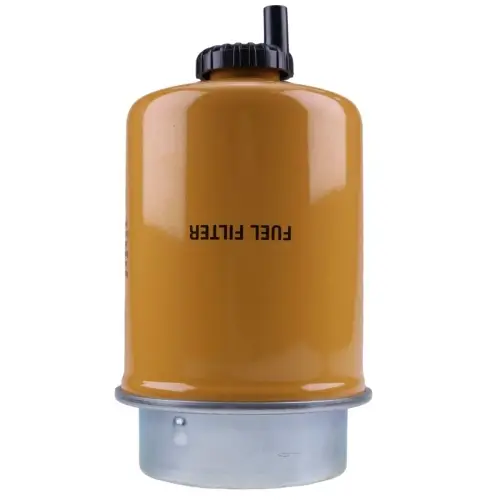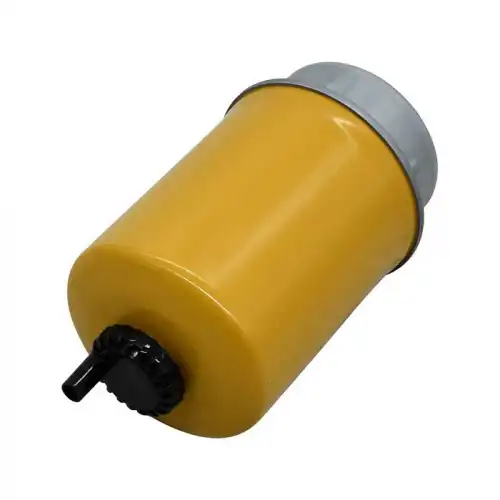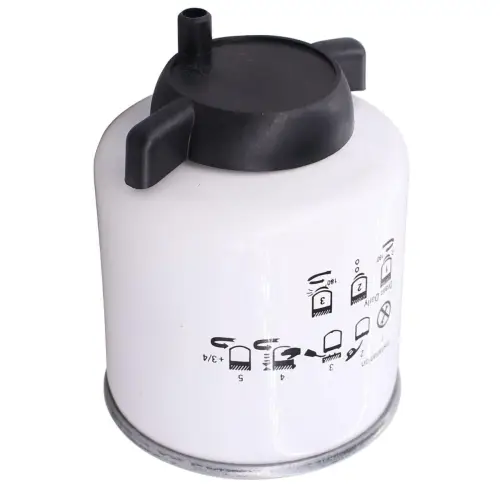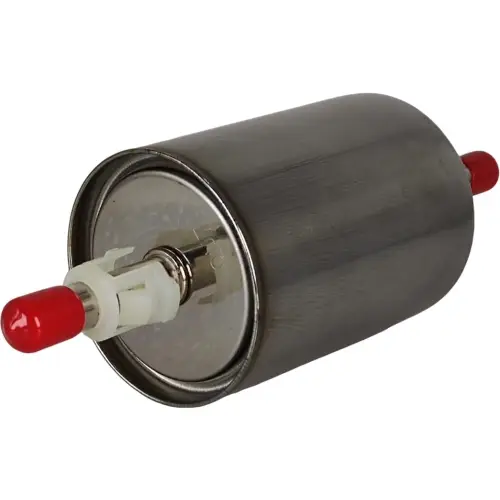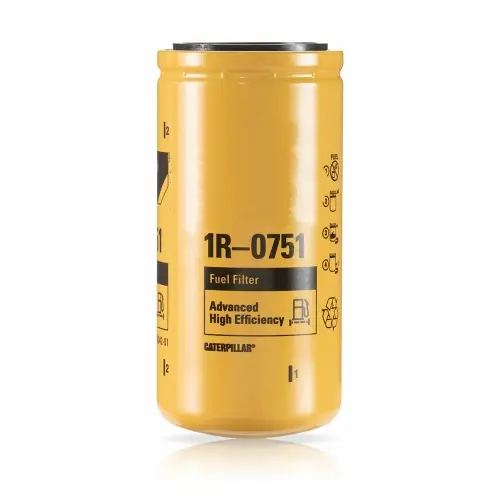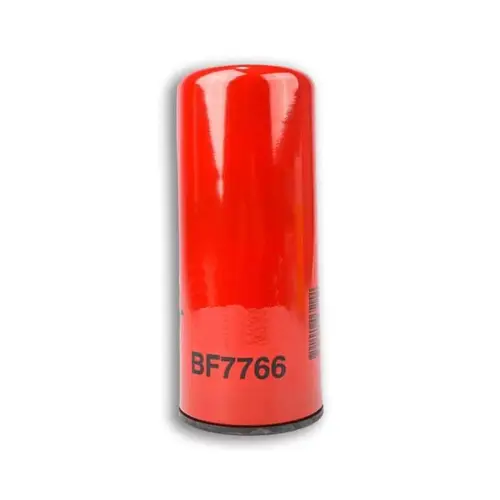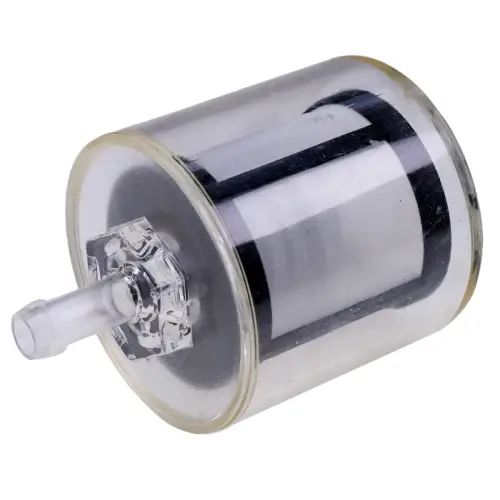How to Change Diesel 6.7 Cummins Inline Fuel Filter?
If you want to learn about what an inline fuel filter is or about the benefits of a 6.7 Cummins fuel filter, you can find out what you want to know here. There's also some knowledge on how to change a diesel fuel filter that I think you might need as well.
What is inline fuel filter?
An inline fuel filter is a device that is installed in the fuel line of a vehicle to filter out impurities and contaminants from the fuel before it reaches the engine. This type of fuel filter is typically used in gasoline-powered vehicles, although diesel engines may also use inline fuel filters.
The inline fuel filter is a crucial component in the engine's fuel system, as it prevents harmful particles and debris from entering the engine and causing damage. The filter works by trapping contaminants such as dirt, rust, and debris in a filter element, which is typically made of paper, mesh, or synthetic materials. As fuel passes through the filter element, the contaminants are trapped and prevented from reaching the engine.
In line fuel filters are available in a variety of shapes, sizes, and materials to suit different vehicles and fuel types. Some filters are designed for high-flow applications, while others are better suited for low-flow systems. Some filters may feature additional components such as water separators to remove moisture from the fuel, or pressure regulators to ensure a steady fuel flow to the engine.
Maintaining an inline fuel filter is important to ensure the continued performance and longevity of the engine. Over time, the filter element can become clogged with contaminants, reducing fuel flow and potentially causing engine damage. It is recommended to replace the filter fuel according to the manufacturer's recommended schedule, which may vary depending on the vehicle and driving conditions.
The advantage of 6.7 cummins fuel filter
The 6.7 Cummins diesel engine is a popular engine used in heavy-duty trucks, and one of the advantages of its fuel filter is that it is designed to provide efficient filtration and protection for the engine. Here are some of the advantages of the 6.7 Cummins fuel filter:
1.Improved engine performance: The fuel filter ensures that the fuel supplied to the engine is clean and free from contaminants. This helps to improve engine performance, reduce emissions, and increase fuel efficiency.
2.Longer engine life: The fuel filter prevents contaminants from entering the engine, which can cause damage and reduce engine life. By using a high-quality fuel filter, the engine is protected and can operate at peak performance for longer.
3.Reduced maintenance costs: Regularly changing the fuel filter is an essential part of diesel engine maintenance. By using a reliable fuel filter, you can reduce maintenance costs and avoid costly repairs due to engine damage.
4.Easy installation: The 6.7 Cummins fuel filter is designed for easy installation and replacement, which makes it convenient for mechanics and vehicle owners to maintain the engine.
5.Overall, the 6.7 Cummins fuel filter provides reliable filtration and protection for the engine, ensuring that it operates at peak performance and lasts for years to come.
How to Change Diesel Fuel Filter?
Changing a diesel fuel filter is an important maintenance task that helps to ensure the proper operation of your vehicle's engine. So it is importent to learn how to change fuel filter. Here are the general steps to change a diesel fuel filter:
1.Gather the necessary tools and materials: You will need a new fuel filter, a wrench or pliers, safety glasses, gloves, rags or paper towels, and a container to catch any spilled fuel.
2.Locate the fuel filter: The fuel filter is typically located in the fuel line between the fuel tank and the engine. Consult your vehicle's owner's manual or a repair manual to find the exact location.
3.Disconnect the fuel lines: Use a wrench or pliers to loosen and remove the bolts or clamps that hold the fuel lines in place. Be sure to wear safety glasses and gloves to protect yourself from fuel spray.
4.Remove the old fuel filter: Once the fuel lines are disconnected, remove the old fuel filter from its mount. Be careful not to spill any fuel from the filter.
5.Install the new fuel filter: Place the new fuel filter in its mount and reconnect the fuel lines. Tighten the bolts or clamps to secure the fuel lines in place.
6.Check for leaks: Start the engine and check for fuel leaks around the filter and fuel lines. If you find any leaks, tighten the bolts or clamps further.
7.Dispose of the old fuel filter and any spilled fuel: Be sure to dispose of the old fuel filter and any spilled fuel in a safe and environmentally responsible manner.
It's important to follow the manufacturer's instructions and recommended maintenance schedule for your particular diesel vehicle, as the exact process and location of the fuel filter may vary depending on the make and model.
 Track Your Order
Track Your Order




